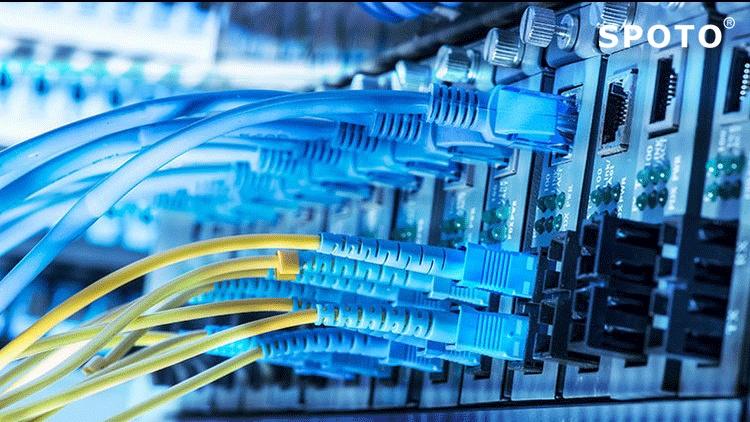CCIE History
The Cisco CCIE Certification program has long been seen as the benchmark for all practical based certification exams. The long renowned troubleshooting section has been removed. Luckily troubleshooting is now considered a tool you should use not just for taking examinations, but also for the real-life situations. Learning troubleshooting skills could be making you stand out as someone who could quickly and efficiently diagnose a fault as well as rectifying it immediately.
Troubleshooting:
Use the OSI Model:
Troubleshooting from Layer 1 to Layer 7 of the OSI model is what is going to make you master of the technology, rather than someone who would have spent weeks or even months studying to clear an eight-hour configuration exercise examination. Use what you have learned in your years in networking to troubleshoot your network. The problem is that the network that you would be configuring in a CCIE lab examination doesn’t represent your typical network; in fact, it is considered quite far from it.
You should have these sorts of trends which would be documented somewhere so you could look at the history of the network.
The same theory is going to be applied to any network scenario or lab examination.
Remember you would be tested on a small set of routers as well as switches. Otherwise, the exams would be far more complex than they are going to be. The organization is considered as the main key. Do not panic! If you would be looking at the problem from Layer 1 to Layer 7 of the OSI model, you would be quickly resolving the fault.
Basic Troubleshooting Steps:
• Access to routers: response or no response or reload clear line on Communications server
• Physical interfaces up or up, up or down, down or down why?
• Show interfaces.
• IP connectivity between devices ping loopbacks, ping connected directly to the interfaces.
• IP routing (fixing one protocol at a time debug IP route, show IP route)
• Other features or protocols Use CD-ROM to troubleshoot.
• Ask the proctor: Don’t be afraid to challenge the proctor; he is just human. Remember, it’s not the most exciting job in the world and they would be just surfing the Net probably and would be welcoming your interaction.
You might need to debug Frame Relay frames to decipher what the fault is, for example. Typically, the debug output would be showing you the fault-like mismatch in LMI types or some higher layer fault, like a mismatch in CHAP passwords, if you're using PPP over ISDN.
After you would be recovering the Layer 1, the protocol state of your connections should also be active. Check Layer 2 network connectivity by utilizing the show CDP commands to see if the Cisco devices would have been discovered each other. This is considered quite a simple tool when you are pressed for time to ensure which you would be enabling CDP globally and on the interface. You still might not see any CDP.
The most crucial tool which would be utilized for the lab is the simple ping command. This simple command would be considered as your best friend in the CCIE lab. In fact, when you would be marking your exam, the proctors would be using the same command in order to verify network connectivity so you could quickly verify your own solutions as well.
Now, you might have gained some idea regarding Troubleshooting your CCIE Lab. But if you wish to have more details regarding it or if you wish to practice it on the real equipment, join the SPOTO Institute and gain access to their premium lab materials so as to ensure your success in the Troubleshooting Module.

 Join Telegram Study Group ▷
Join Telegram Study Group ▷














